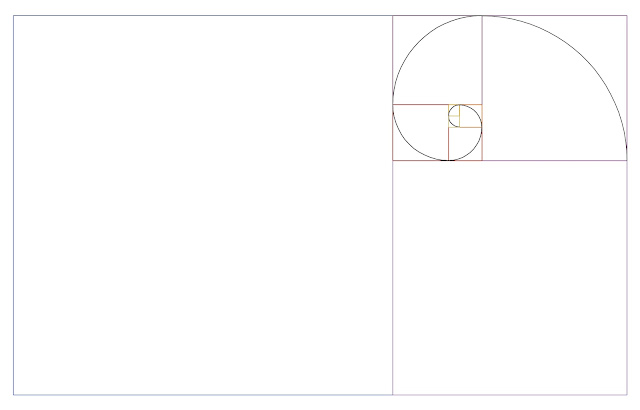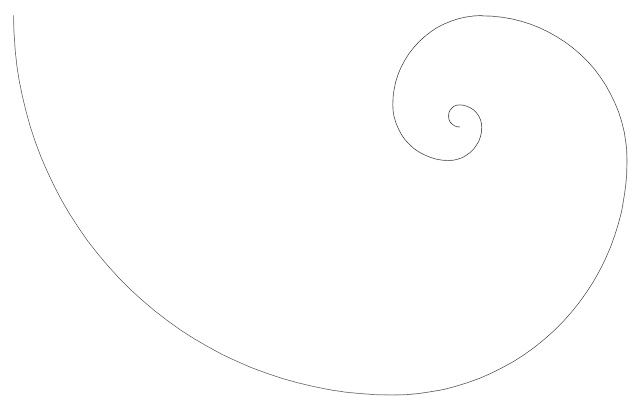Round like a circle in a spiral like a wheel within a wheel...
 |
| Aeonium tabuliforme courtesy wikimedia commons |
One of the many projects in which Fergus was involved was the courtyard at the Eye Hospital. Working alongside friend and long time collaborative artist artist Richard (Rick) Dickinson, the pair created a number of life-sized deer sculptures, consisting of copper-mesh hide stretched over a skeletal frame of tubular copper. The astonishingly lifelike, yet somehow alien animals, sit amid a landscape designed in collaboration with landscape architect Jane Parker.
 |
Picture courtesy https://ferguschannon.wordpress.com/ |
So what does this have to do with sacred geometry? It's all part of the plan...
Although I had no involvement in the design process of this scheme, I was fortunate to watch as it unfurled, like the fronds of a sacred fern, from germination to full realisation. In the beginning, Jane Parker and Fergus Channon were exchanging ideas online, and Fergus kinda got sucked into a Fibonacci rabbit hole (or vortex, which would be more appropriate I suppose). He showed me an incredible site, one which I have sadly been unable to find, connecting cyclones and ammonite shells to why propellers appear to go the wrong way when they caught on film.
In the end, the site plan consisted a central glass pool, with several arms spiralling out from the centre:
In the end, the site plan consisted a central glass pool, with several arms spiralling out from the centre:
 |
| Picture courtesy https://ferguschannon.wordpress.com/ |
So it's been my mind much of late, and in an attempt to see where it might lead, I thought I might draw myself a spiral. You start with squares, of course.
 |
| The Snail, Henri Matisse, Courtesy Tate http://www.tate.org.uk/art/images/work/T/T00/T00540_10.jpg |
Not like that, though... more like this:
Using some arbitary unists, this square measures one by one. Then you add one the same size above it:
So, two squares each measuring one by one, followed by another square measuring 2 x 2:
Following the Fibonacci sequence: 1, 1, 2 .... then 3...
Each time, the square's edge is equal in length to the sum of the preceding two squares, following the Fibonacci sequence but also fitting snugly alongside the preceding squares with no overlap. Of course, this means the next numbers in the sequence are 5, 8 and 13:
The Fibonacci spiral is then constructed by drawing a series of quarter-circle arcs, beginning in the bottom right of the first square, using the top right of the same square as its centre. Each new arc begins where the previous one left off, but with a centre point on the perimeter of the new square.


So there you have it, a Fibonacci spiral. What value this represents is anyone's guess, but I've been lazy of late and needed to break my duck. So here you are, some spirals.

















